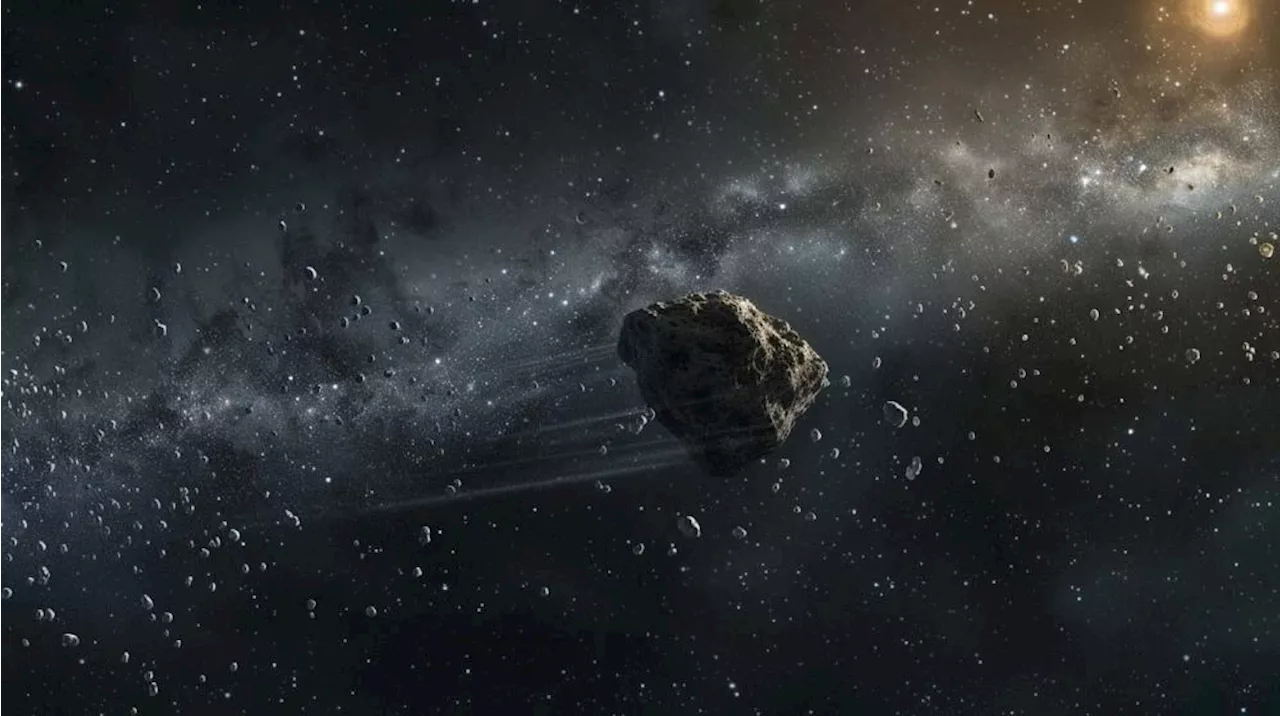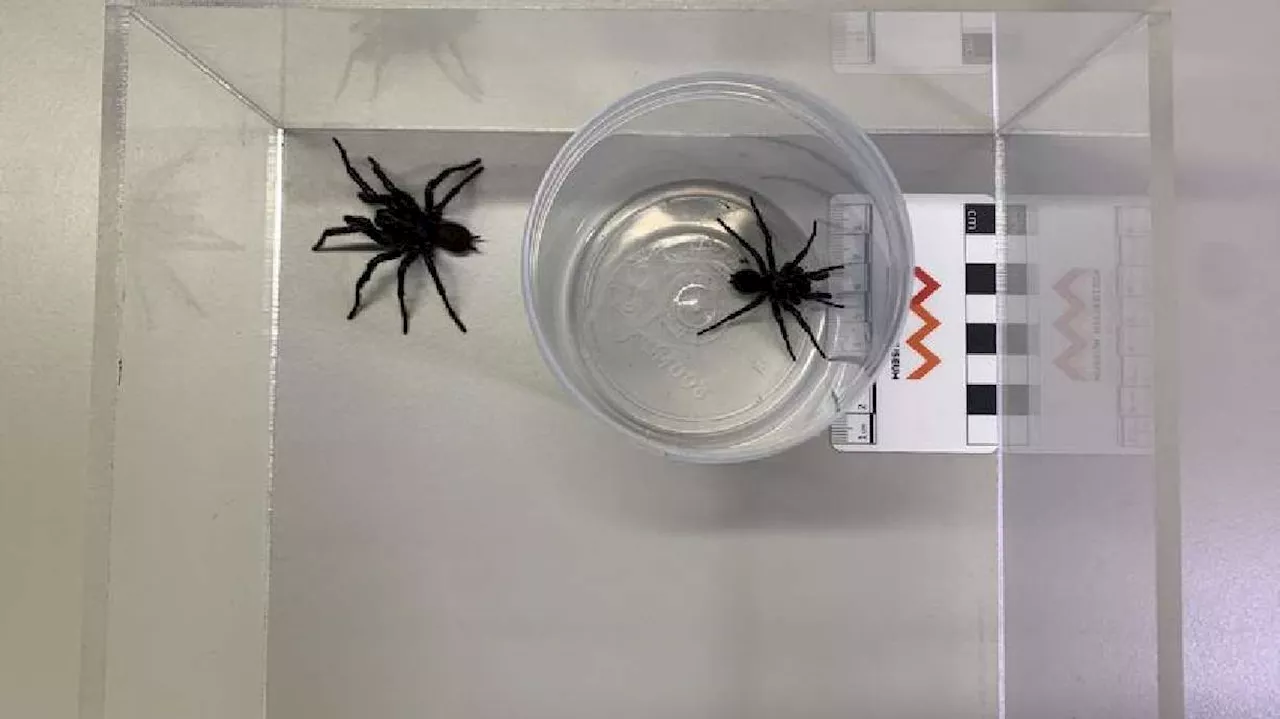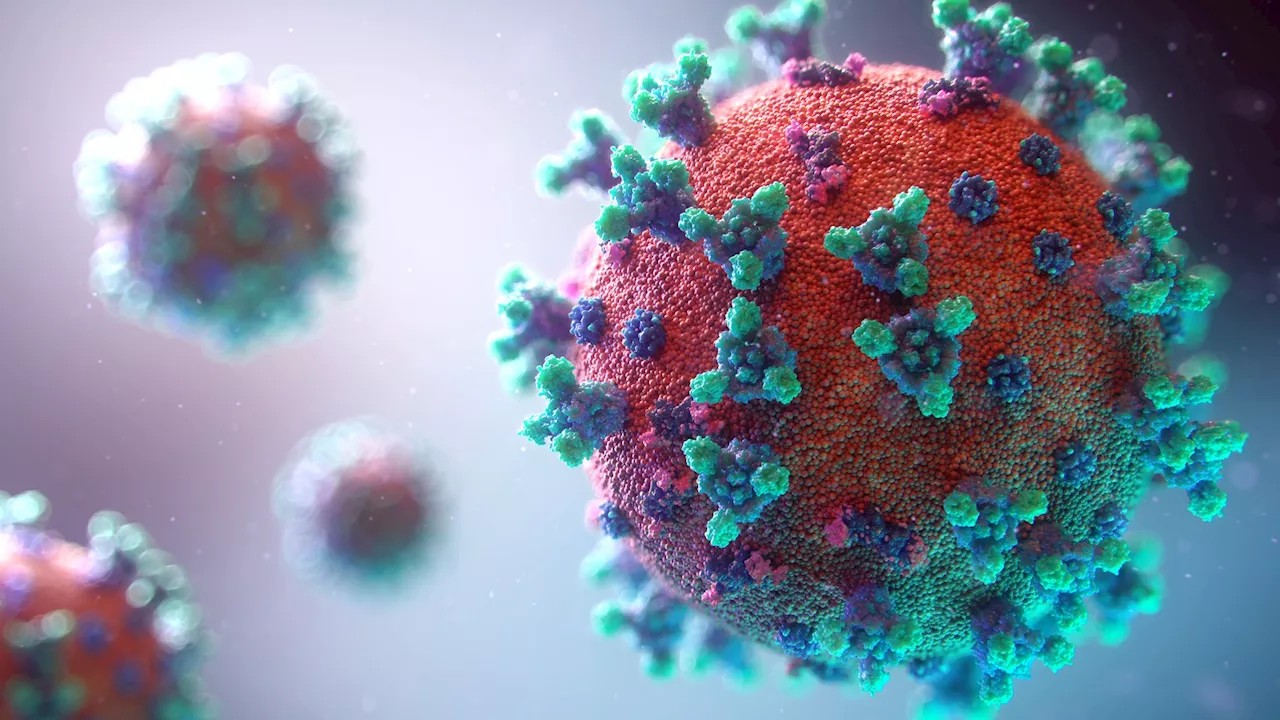Researchers have identified a novel group of life forms called Obelisks within the human digestive system. Initially mistaken for viruses, Obelisks possess unique genetic characteristics unlike any known biological agent. They appear to be colonists of human microbiomes, coding for a new protein class called Oblins. While their origin remains unclear, their protein-coding ability distinguishes them from other RNA loops like viroids, lacking the genetic makeup for viral protein shells.
The human body is an amazing, curious, and disgusting thing. At any given moment, millions of tiny lifeforms are making their way across your body—both inside and out. And now, researchers say they’ve discovered an entirely new class of life within the human body, the digestive system, to be exact. These new life forms are called Obelisks , and researchers say that they first believed they might be viruses.
Further, they appeared in roughly 10 percent of the human microbiomes that the team examined while working on a preprint paper. This, the researchers say, supports the idea that Obelisks might include colonists of these different microbiomes. Exactly where these Obelisks come from, though, is still very unclear. Researchers are still unsure exactly what might play “host” to these different pieces of genetic material.
Microbiome Genetic Material Obelisks Oblins Viruses
United States Latest News, United States Headlines
Similar News:You can also read news stories similar to this one that we have collected from other news sources.
 Scientists Discover New Type of Cartilage Tissue: LipocartilageA new type of cartilage tissue, called lipocartilage, has been discovered by scientists. This tissue, which contains both structural and cushioning properties, could revolutionize plastic surgery and the creation of biocompatible implants.
Scientists Discover New Type of Cartilage Tissue: LipocartilageA new type of cartilage tissue, called lipocartilage, has been discovered by scientists. This tissue, which contains both structural and cushioning properties, could revolutionize plastic surgery and the creation of biocompatible implants.
Read more »
 Scientists Discover New Species of Deadly Funnel-Web SpiderAustralian scientists have identified a new species of funnel-web spider, significantly larger and more venomous than its relatives, dubbed 'Big Boy.' Research reveals three distinct species of Sydney funnel-web spiders, with 'Big Boy' measuring up to 3.54 inches long. While considered highly dangerous, the existing antivenom is effective against bites from this new species.
Scientists Discover New Species of Deadly Funnel-Web SpiderAustralian scientists have identified a new species of funnel-web spider, significantly larger and more venomous than its relatives, dubbed 'Big Boy.' Research reveals three distinct species of Sydney funnel-web spiders, with 'Big Boy' measuring up to 3.54 inches long. While considered highly dangerous, the existing antivenom is effective against bites from this new species.
Read more »
 Narvar Introduces IRIS and Narvar Assist, Elevating Retail With AI-Driven Post-purchase InnovationsDiscover how Narvar's new features, IRIS and Narvar Assist, are setting new benchmarks in retail.
Narvar Introduces IRIS and Narvar Assist, Elevating Retail With AI-Driven Post-purchase InnovationsDiscover how Narvar's new features, IRIS and Narvar Assist, are setting new benchmarks in retail.
Read more »
 NASA Scientists Discover 'Dark Comets' Come in Two Populations.Space and astronomy news
NASA Scientists Discover 'Dark Comets' Come in Two Populations.Space and astronomy news
Read more »
 Hidden Universe: Scientists Discover More Monster Black Holes Lurking in DarknessAstronomers are missing a significant portion of supermassive black holes due to obscuration by gas and dust. A new study reveals the potential for many more black holes to exist than previously estimated, hidden behind these veils. These monstrous black holes may be influencing the evolution of galaxies in ways we are only beginning to understand.
Hidden Universe: Scientists Discover More Monster Black Holes Lurking in DarknessAstronomers are missing a significant portion of supermassive black holes due to obscuration by gas and dust. A new study reveals the potential for many more black holes to exist than previously estimated, hidden behind these veils. These monstrous black holes may be influencing the evolution of galaxies in ways we are only beginning to understand.
Read more »
 Australian scientists discover bigger species of deadly funnel web spidersA new species of Funnel Web Spider nicknamed 'Big Boy' found in Australia gives 'copious amounts of venom,' a scientist says.
Australian scientists discover bigger species of deadly funnel web spidersA new species of Funnel Web Spider nicknamed 'Big Boy' found in Australia gives 'copious amounts of venom,' a scientist says.
Read more »
